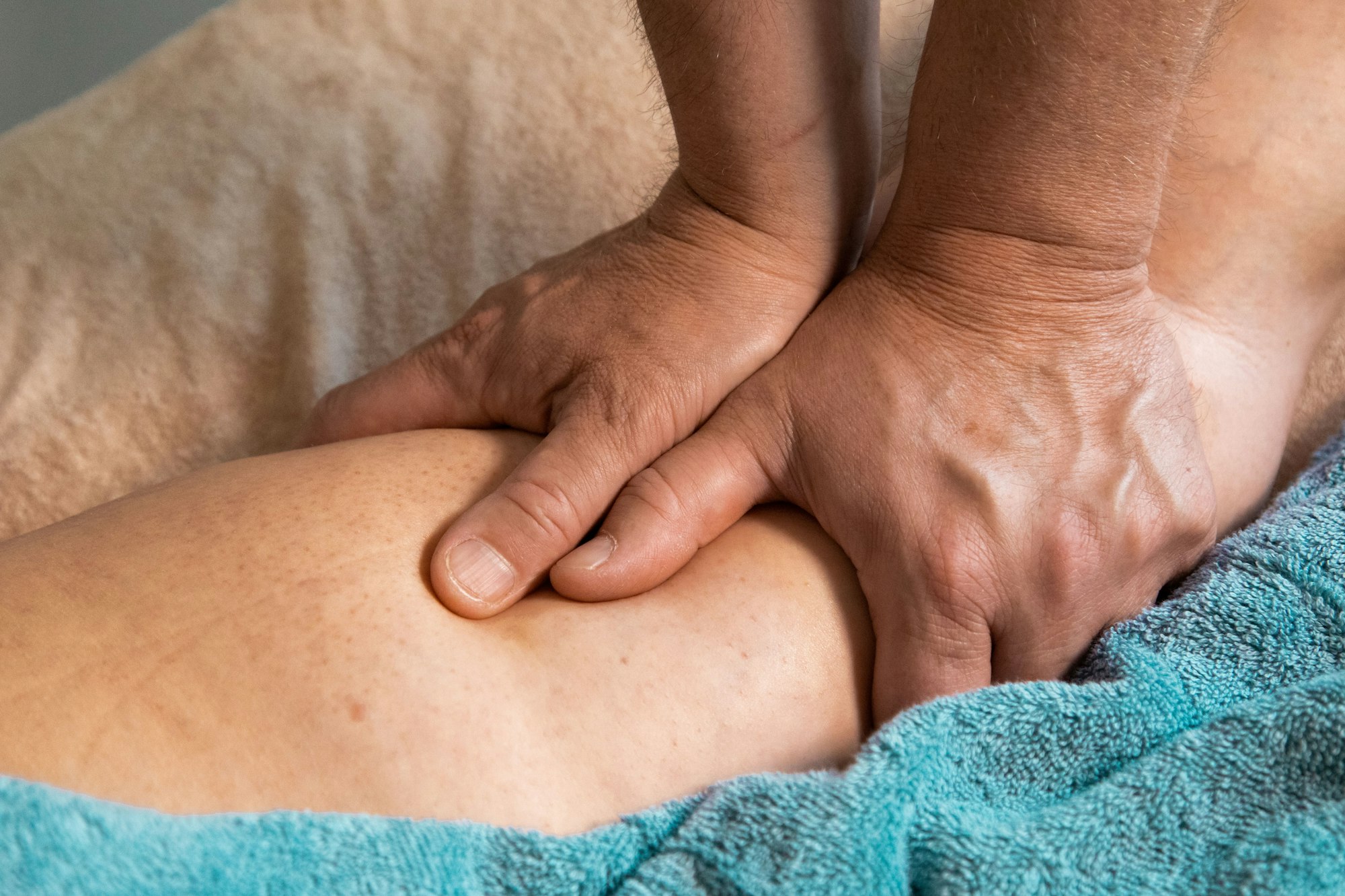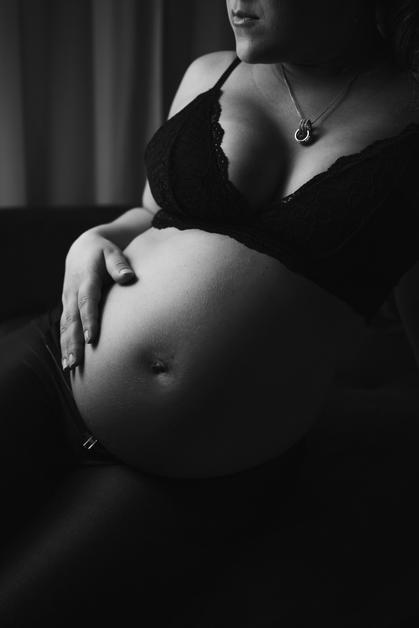The final stretch of pregnancy—those weeks bustling with anticipation and curiosity—often arrives arm-in-arm with a unique cocktail of physical sensations, emotional ripples, and daily adjustments. Parents might wonder: Will this back pain linger until delivery? Is this hip pressure normal? How can swelling in the feet be this intense? Osteopathy late pregnancy stands out as a gentle, science-backed approach—one that addresses not just discomfort, but the intricate dance between muscles, joints, nerves, and the ever-shifting landscape of the pregnant body. By combining safe manual therapy, breathwork, and tailor-made guidance, this hands-on support promises practical relief, better mobility, and valuable preparation for childbirth. You’ll discover here how osteopathy blends with modern prenatal care, the exact ways it helps with third-trimester woes, and how to ensure your safety every step of the way.
Why Choose Osteopathy Late Pregnancy?
Why does a simple act like rolling in bed turn acrobatic? With the uterus expanding, the spine arching to accommodate this new life, and ligaments turning flexible under hormonal influences—your frame is working overtime. Osteopathy late pregnancy brings a nuanced, gentle touch to this scenario, using manual mobilizations and soft tissue techniques with remarkable sensitivity. Instead of masking symptoms with medication, this therapy zeroes in on alignment, flexibility, and self-healing. It addresses back pain, pelvic instability, or sciatic nerve discomfort not as isolated issues but as interconnected responses of the musculoskeletal and nervous systems adjusting to pregnancy’s demands.
From relieving swelling and lymphatic congestion in the legs to resetting the balance in your pelvic structure, osteopathy weaves in advice on posture and breathing too. The primary goal? To allow the pregnant body’s natural adaptability to flourish—safely managing discomfort and laying the groundwork for smoother labor.
Changes and Discomforts in Late Pregnancy: The Medical Perspective
Ligament Softening and Joint Instability
Pregnancy’s third trimester signals a hormonal symphony—relaxin, progesterone, and estrogen loosen ligaments in the pelvis, prepping for childbirth’s passage. This flexibility is vital but not without its plot twists. As the pelvis becomes more mobile, many parents report sensations of clicking, instability, or even sharp twinges radiating from the lower back or down the thighs. The classic lumbar lordosis (curve in the lower back) deepens, sometimes leading to the recognizable waddle and the ever-popular complaint, “Why does my back ache every evening?”
Sciatic nerve pain—shooting from the buttock to the leg—is another frequent guest, arriving as nerves get compressed or stretched by body changes. This discomfort may mimic classic “lumbar radiculopathy” but has a distinct obstetric flavor, with the tension often ebbing and flowing with posture and activity.
Circulatory and Venous Changes
Swelling—whether in your ankles, vulva, or wrists—often traces back to the influence of relaxin on blood vessels. These vessels widen and soften, encouraging both efficient nutrient delivery to baby and, unfortunately, sluggish circulation below the waist. Some notice haemorrhoids forming around the rectum, driven by added pressure and slower venous flow. The uterus’ weight may even compress pelvic veins and nerves, sparking tingling, numbness, or burning sensations in various pelvic regions.
Can you do something about these sensations? Osteopathy late pregnancy comes into play by enhancing circulation, supporting venous and lymphatic drainage, and easing the tissue tension that blocks fluid movement.
The Expanding Uterus and Digestion
As the uterus balloons, it presses tirelessly on the bladder, rectum, and even the stomach itself. Many parents report “pelvic heaviness,” urinary leaks while sneezing, or the unmistakable burn of acid reflux. Muscle tension riddles the diaphragm, making a deep, satisfying breath a rare luxury.
Sleep patterns become fragmented, sometimes by discomfort but also by emotional anticipation. If “Braxton Hicks” contractions—short, painless tightenings of the belly—crop up, know that these are typically benign warm-ups as long as there’s no pain or bleeding. Still, it’s always worth talking to your medical provider to ensure everything’s on track.
Osteopathic Techniques in the Third Trimester: Safety Meets Science
Osteopathy late pregnancy favors a palette of soft, supportive techniques. Forget aggressive manipulations or high-velocity thrusts—these are set aside in favor of approaches tailored to the hypermobility and careful limits of pregnancy.
- Manual mobilization: Gentle, targeted movements to reduce joint stiffness and encourage pelvic symmetry.
- Soft tissue massage: Focused on loosening tight muscles in the back, hips, and pelvic floor—especially where tension is sabotaging sleep or adding to aches.
- Lymphatic drainage: Light, rhythmic techniques designed to move excess fluid, tame swelling, and restore comfort to heavy legs or puffy ankles.
- Cranial osteopathy: Subtle manipulations at the skull and spine, inviting whole-body relaxation and clearer nervous system signaling.
- Pelvic balancing: Dedicated attention to pelvic ligaments and joints to optimise fetal positioning, making space for a smoother descent at birth.
- Postural and breathing guidance: Teaching adjustments, stretches, and breathing patterns that can be practised daily for real-world impact.
Every session reflects the needs of your particular pregnancy, with practitioners collaborating (when needed) with OB-GYN or midwives, and adjusting care if new medical conditions arise. Osteopathy late pregnancy’s philosophy: safety anchors every action, clinical experience guides every gesture.
The Scientific Benefits: For Parents and Babies
Plenty of parents ask: What’s the true value of osteopathy late pregnancy for me and my child? Beyond anecdotal praise, medical literature highlights several hard-hitting benefits:
- Back pain, pelvic discomfort, sciatic pain: Gentler muscles mean easier nights and smoother walks.
- Pelvic alignment: Better symmetry may help your baby settle into an optimal birth position, possibly aiding both labor progress and postpartum recovery.
- Improved circulation: Swelling and numbness recede, as the body is gently encouraged to move fluids with greater efficiency.
- Digestive relief: Pressure adjustments help free cramped stomachs, potentially blunting the sting of acid reflux and heartburn.
- Sleep quality: By melting tension, osteopathy can make settling into bed less of an ordeal.
- Emotional resilience: Scientific studies underline reduced anxiety and stress after sessions—psychological comfort that can colour the whole birth experience.
Bear in mind: osteopathy late pregnancy is not a panacea. It doesn’t reduce hormonal levels or erase weight gain. Its power rests in amplifying your body’s adaptability and finding ease and steadiness amid rapid change.
When Osteopathy Should Be Avoided: Medical Precautions
Gentle does not mean risk-free. Osteopathy late pregnancy must always be adapted—never one-size-fits-all. Some parents, especially those with:
- Preeclampsia
- Placenta previa
- Persistent high blood pressure
- Signs of preterm labour
- Ongoing infections
should avoid manual interventions. High-velocity manipulations are categorically excluded. Any hint of regular contractions, unusual pain, unexplained bleeding, or decreased fetal movement is a signal to seek medical review—not a manual therapy session.
A well-trained osteopath will work hand-in-hand with your conventional care team, aligning treatments, and only proceeding when it is safe.
What Happens During an Osteopathy Late Pregnancy Session?
Expect a welcoming, inquisitive atmosphere: practitioners open with questions about your symptoms, history, and hopes for relief. A gentle examination of posture and muscle tone follows, then the session flows between hands-on techniques and discussion of self-care, breathing, and movement.
You might be given gentle stretches or home exercises—nothing fancy, just practical guidance to extend the benefits between sessions. Regular feedback and shared decision-making are encouraged; you always have the final say.
How to Choose the Right Osteopath During Pregnancy
Selecting the right osteopath matters. Look for:
- Registration with a recognised professional authority
- Training and experience specifically in prenatal osteopathy
- Willingness to coordinate with your OB-GYN or midwife
- Clear refusal to use forceful or high-velocity methods
- Openness to your questions and concerns
Avoid practitioners who insist on secrecy, avoid collaboration, or lack proper qualifications. Osteopathy late pregnancy must always complement—not substitute—medical care.
Real-Life Insights: What Parents Experience
Tales from parents echo a common refrain: a new fluidity in movement, diminished aches, and a fresh sense of confidence as labour approaches. Back and pelvic pain often soften after even one session. Improvements in sleep and reduced swelling may follow.
Scientific studies reinforce these stories: osteopathy late pregnancy, when tailored and cautious, is safe and can stave off the functional decline in the final trimester, reinvigorating mobility and comfort.
Integrating Osteopathy Within Your Birth Journey
The best outcomes blossom when osteopathy late pregnancy is just one petal in a larger bouquet of care—combined with physiotherapy, prenatal yoga, targeted exercise, or gentle massage. Coordination between all caregivers supports strength, mental clarity, and robust preparation, not only for birth, but for the intense, beautiful postpartum days that follow.
Special attention to pelvic floor rehabilitation, ergonomic breastfeeding positions, and postural health will further amplify your recovery and sense of well-being.
Key Takeaways
- Osteopathy late pregnancy is tailored to relieve aches, address swelling, and rebalance posture—especially as new symptoms emerge in the third trimester.
- Scientific research and real-world experiences speak to its power in reducing back and pelvic pain, promoting optimal fetal positioning, and alleviating swelling.
- Safety is paramount: gentle, adaptive techniques are selected, always in consultation with your healthcare provider.
- Seamless integration with other prenatal therapies ensures comprehensive, whole-person support.
- Trained practitioners and open dialogue create a bridge between medical care and manual support, preparing parents for birth and postnatal recovery with greater confidence.
When in doubt or when new questions arise, don’t hesitate to seek out support from your professional circle—and explore tools such as the application Heloa for customized advice and free child health questionnaires, designed to support your daily decisions as a parent.
Questions Parents Ask
Can osteopathic treatment be combined with other prenatal therapies, like physiotherapy or massage?
Absolutely. Osteopathy late pregnancy often works smoothly alongside physiotherapy, gentle prenatal massage, and even prenatal yoga. Each specialist addresses specific aspects—some focus on muscles, others on joints or the nervous system. Just remember to keep all your therapists informed about the various treatments you’re receiving so they can adjust their care and safeguard both parent and baby.
Is osteopathy late pregnancy suitable for everyone?
For most, yes—especially those facing typical aches, swelling, or movement issues in the final trimester. However, parents with high-risk conditions or pregnancy complications must consult with their medical provider first. Trained osteopaths will adapt methods properly, sometimes postponing or modifying sessions to keep everyone safe.
How many osteopathy sessions are usually needed at the end of pregnancy?
There’s no fixed answer. Some parents feel a surge of comfort after just one or two osteopathy late pregnancy sessions, while others prefer a regular rhythm—once a week or every two weeks, for example. The strategy will vary based on your symptoms, history, and what you wish to achieve. Trust your instincts and adjust in partnership with your care team as your journey unfolds.









